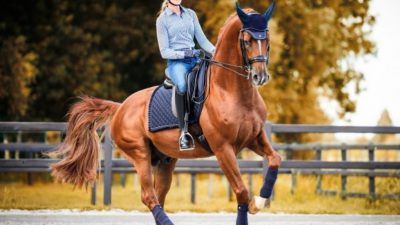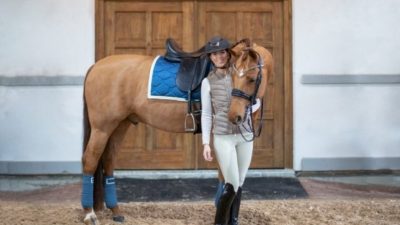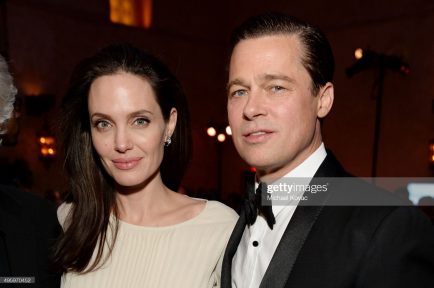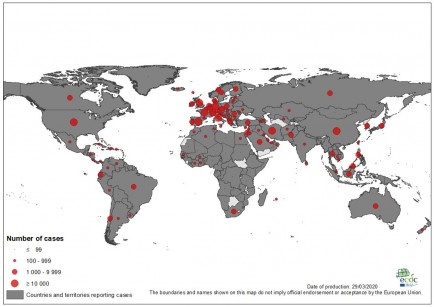The human body was built to function best with gravity as a grounding force, but astronauts on a mission to Mars could spend between six to nine months on a spacecraft without it.
“Our bodies love force,” said John DeWitt, senior biochemist who works as a contractor for NASA and focuses on crew health. “Force is what helps our muscles get stronger; force is what helps our bones to stay strong; force is what helps or heart to stay strong by having to pump the blood against gravity. So, when you take that force away, you all of a sudden lose a really important stimulus that’s important for health.”
Exercise has become an important part of providing that force for astronauts on the International Space Station. But diet and supplements could also be key for combating the challenges of a zero gravity, according to a new study.
After more than 50 years of human spaceflight, researchers know some of the risks posed to the human body in zero gravity. Space motion sickness happens in the first 48 hours, creating a loss of appetite, dizziness and vomiting.
Over time, astronauts staying for six months on the International Space Station can experience the weakening and loss of bone and atrophying muscles. They also experience blood volume loss, weakened immune systems and cardiovascular deconditioning because floating takes little effort and the heart doesn’t have to work as hard to pump blood.
Scott Kelly and other astronauts in their late 40s and 50s have also complained about their vision being slightly altered. Some have required glasses in flight.
“You can lose about a percent of bone mass every month, and that’s the typical situation astronauts are in,” astronaut Mark Kelly said. “Without constant pounding on the ground, you lose bone mass. If we want to send people to Mars someday, this is something we’re going to have to learn to overcome. If the human body were to stay in space for 10 to 20 years, evolutionarily, over a long period of time, we would probably lose our skeleton in space because you don’t need it. We’d probably just become big bags of meat.”
Exercise was developed as a countermeasure to reduce the amount of bone mass and muscle loss.
“We have not flown people on long-duration missions with no exercise,” DeWitt said. “We built our exercise suite as time has gone on. But, in the early Apollo missions, there was no exercise, and one of the things that came back from the Apollo astronauts is, ‘hey, you need to have some sort of exercise device on here.’ “
For any mission longer than eight days, exercise must be provided, DeWitt said.
Scott Kelly spent a year in space, but he followed the exercise regimen and used the machines on board the space station. The astronauts who will return to the moon and eventually go to Mars will need exercise capabilities on their spacecraft and within their environment. Those are still being developed.
“We have to go in a different direction and build smaller devices, more like all-in-one-type devices that still have the same capabilities but at the same time takes up a lot less space,” DeWitt said.
But a new study published in the Frontiers in Physiology suggests that resveratrol, an antioxidant and compound found in blueberries and the skin of grapes, could be part of the dietary strategy that keeps astronauts strong on Mars. Once they arrive on the Red Planet, astronauts will be dealing with much less gravity than what they’re used to: about 40% of Earth’s gravity.
Weight-bearing muscles like the soleus, located in the calf, could lose the most conditioning.
“After just three weeks in space, the human soleus muscle shrinks by a third,” said lead study author Marie Mortreux of Beth Israel Deaconess Medical Center, Harvard Medical School. “This is accompanied by a loss of slow-twitch muscle fibers, which are needed for endurance.”
Resveratrol, which has been studied regarding Alzheimer’s, has been found to be anti-inflammatory, anti-diabetic and antioxidative.
Morteux and her fellow researchers fitted rats with harnesses and suspended them from the ceiling of their cage. This was the analog for Martian gravity in the experiment. The rats were exposed to normal Earth gravity or simulated Martian gravity for 14 days. Half had resveratrol in their water supply; this did not affect their body weight in any way.
Paw grip force and calf circumference and muscles were measures and analyzed.
Reduced gravity led to a loss of grip, muscle weight, calf circumference and slow-twitch muscle fiber in the rats who did not receive resveratrol. But the ones who received the supplemented water recovered their grip, which was comparable to the control rats experiencing normal Earth gravity.
Muscle mass was also protected, and the loss of muscles fibers wasn’t as great. However, calf circumference and calf muscle fibers still decreased.
“Dietary strategies could be key, especially since astronauts travelling to Mars won’t have access to the type of exercise machines deployed on the ISS,” Mortreux said. “Resveratrol has been shown to preserve bone and muscle mass in rats during complete unloading [suspension], analogous to microgravity during spaceflight. So, we hypothesized that a moderate daily dose would help mitigate muscle deconditioning in a Mars gravity analogue, too.”
Mortreux believes that the key is insulin sensitivity.
“Resveratrol treatment promotes muscle growth in diabetic or unloaded animals by increasing insulin sensitivity and glucose uptake in the muscle fibers. This is relevant for astronauts, who are known to develop reduced insulin sensitivity during spaceflight,” Mortreux said.
But further study is required to see the effects of different doses and how it may interact with other supplements or medicine.
Original article: https://edition.cnn.com/2019/07/18/health/resveratrol-mars-astronauts-scn-trnd/index.html




























Comments